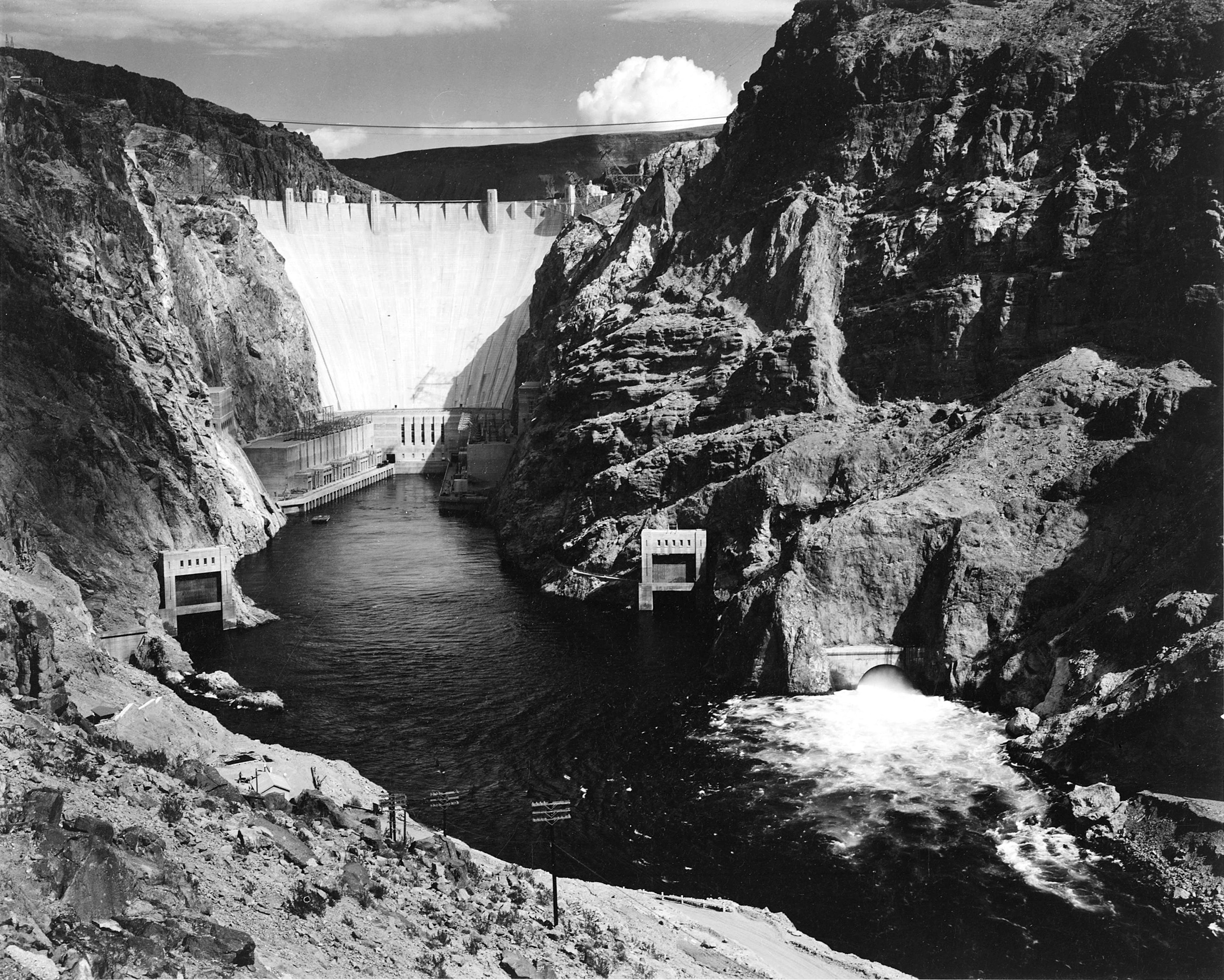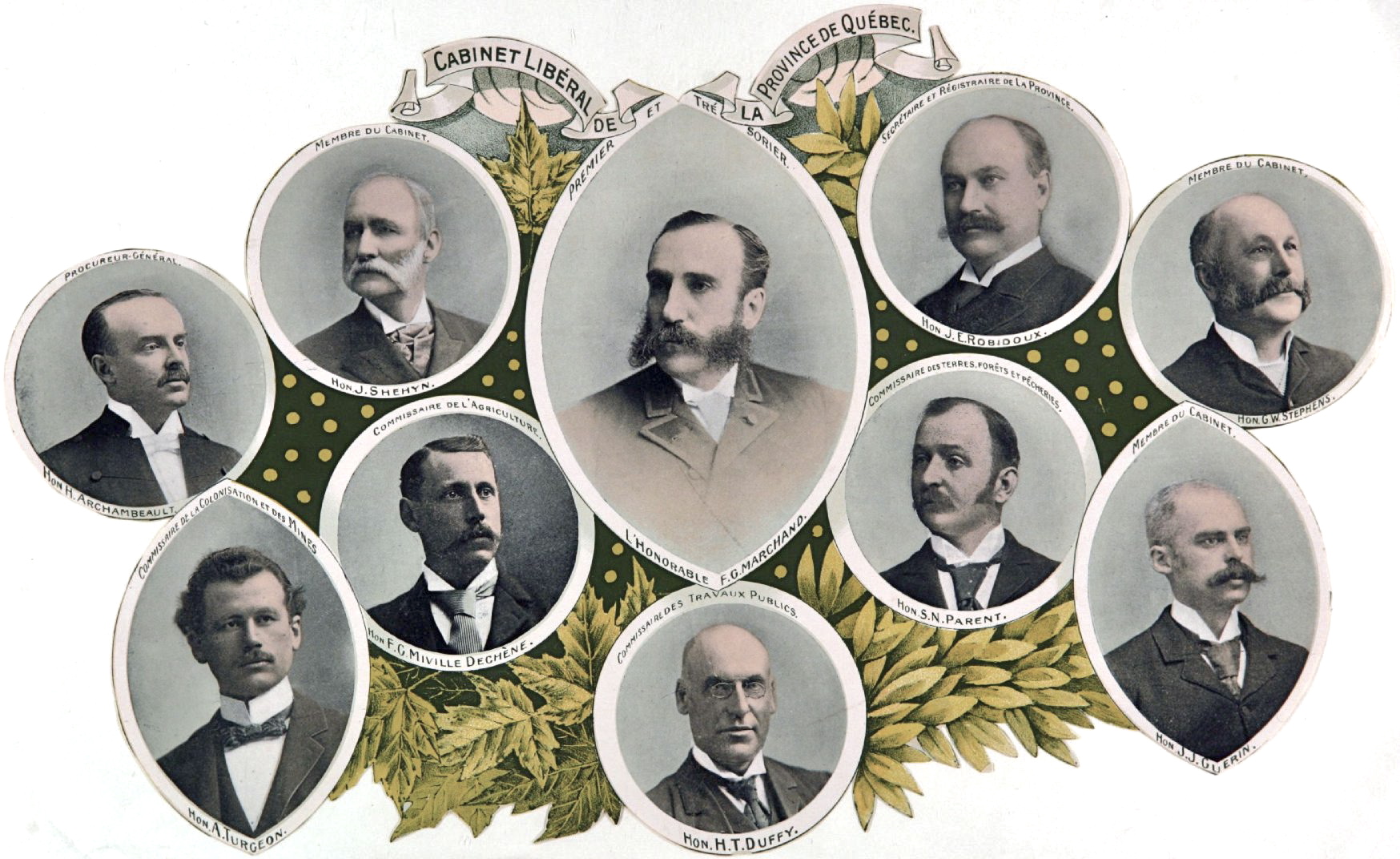|
Nic Leblanc
Nic Leblanc (born 15 November 1941) was a member of the House of Commons of Canada from 1984 to 1997. He is a businessperson by career. Born in Sainte-Monique, Quebec, Leblanc was first elected in the Longueuil electoral district under the Progressive Conservative party in the 1984 federal election. He was re-elected in the 1988 federal election, only to leave the Progressive Conservative party on 26 June 1990 following the implosion of the Meech Lake Accord. In December that same year he would join the separatist Bloc Québécois party in Parliament. Leblanc won another election in Longueuil riding in 1993. But in 1997, he left the Bloc Québécois and sat as an "independent sovereigntist" in the House of Commons. He did not seek re-election when the 36th Canadian Parliament ended later that year. In his varied Canadian political career, Leblanc served in the 33rd, 34th and 35th Canadian Parliaments. After some time out of Canadian politics, Leblanc joined the Can ... [...More Info...] [...Related Items...] OR: [Wikipedia] [Google] [Baidu] |
36th Canadian Parliament
The 36th Canadian Parliament was in session from September 22, 1997, until October 22, 2000. The membership was set by the 1997 federal election on June 2, 1997, and it changed only somewhat due to resignations and by-elections until it was dissolved prior to the 2000 election. It was controlled by a Liberal Party majority under Prime Minister Jean Chrétien and the 26th Canadian Ministry. The Official Opposition was first the Reform Party, led by Preston Manning, and then its successor party, the Canadian Alliance led by interim leader Deborah Grey. The Speaker was Gilbert Parent. See also list of Canadian electoral districts 1996-2003 for a list of the ridings in this parliament. For the first time in Canadian history, five different parties held official party status. Although five major parties ran for the 35th Parliament, the Progressive Conservative Party of Canada and the New Democratic Party both failed to win official party status in that parliament. There we ... [...More Info...] [...Related Items...] OR: [Wikipedia] [Google] [Baidu] |
Living People
Related categories * :Year of birth missing (living people) / :Year of birth unknown * :Date of birth missing (living people) / :Date of birth unknown * :Place of birth missing (living people) / :Place of birth unknown * :Year of death missing / :Year of death unknown * :Date of death missing / :Date of death unknown * :Place of death missing / :Place of death unknown * :Missing middle or first names See also * :Dead people * :Template:L, which generates this category or death years, and birth year and sort keys. : {{DEFAULTSORT:Living people 21st-century people People by status ... [...More Info...] [...Related Items...] OR: [Wikipedia] [Google] [Baidu] |
1941 Births
Events Below, the events of World War II have the "WWII" prefix. January * January–August – 10,072 men, women and children with mental and physical disabilities are asphyxiated with carbon monoxide in a gas chamber, at Hadamar Euthanasia Centre in Germany, in the first phase of mass killings under the Action T4 program here. * January 1 – Thailand's Prime Minister Plaek Phibunsongkhram decrees January 1 as the official start of the Thai solar calendar new year (thus the previous year that began April 1 had only 9 months). * January 3 – A decree (''Normalschrifterlass'') promulgated in Germany by Martin Bormann, on behalf of Adolf Hitler, requires replacement of blackletter typefaces by Antiqua. * January 4 – The short subject ''Elmer's Pet Rabbit'' is released, marking the second appearance of Bugs Bunny, and also the first to have his name on a title card. * January 5 – WWII: Battle of Bardia in Libya: Australian and British troops def ... [...More Info...] [...Related Items...] OR: [Wikipedia] [Google] [Baidu] |
Marie-Victorin (electoral District)
Marie-Victorin is a provincial electoral district in Quebec, Canada that elects members to the National Assembly of Quebec. The district is located in the Vieux-Longueuil Borough of Longueuil. It is bordered to the north by chemin de Chambly, to the east by the city limits, to the south by the Canadian National railway, Boulevard Deslauniers and the city limits and to the west by the Saint Lawrence River. It was created for the 1981 election from parts of Laporte and Taillon electoral districts. In the change from the 2001 to the 2011 electoral map, it gained some territory from Taillon. It was named after Brother Marie-Victorin, a Quebec botanist. Members of the National Assembly Election results ^ Change is from redistributed results. CAQ change is from ADQ. ^ QS change is from UFP. ^ UFP change is from Socialist Democracy. ... [...More Info...] [...Related Items...] OR: [Wikipedia] [Google] [Baidu] |
National Assembly Of Quebec
The National Assembly of Quebec (officially in french: link=no, Assemblée nationale du Québec) is the legislative body of the province of Quebec in Canada. Legislators are called MNAs (Members of the National Assembly; french: link=no, députés). The King in Right of Quebec, represented by the Lieutenant Governor of Quebec and the National Assembly compose the Legislature of Quebec, which operates in a fashion similar to those of other Westminster-style parliamentary systems. The assembly has 125 members elected first past the post from single-member districts. The National Assembly was formerly the lower house of Quebec's legislature and was then called the Legislative Assembly of Quebec. In 1968, the upper house, the Legislative Council, was abolished and the remaining house was renamed. The office of President of the National Assembly is equivalent to speaker in other legislatures. As of the 2022 Quebec general election, Coalition Avenir Québec has the most seats ... [...More Info...] [...Related Items...] OR: [Wikipedia] [Google] [Baidu] |
Liberal Party Of Quebec
The Quebec Liberal Party (QLP; french: Parti libéral du Québec, PLQ) is a provincial political party in Quebec. It has been independent of the federal Liberal Party of Canada since 1955. The QLP has always been associated with the colour red; each of their main opponents in different eras have been generally associated with the colour blue. The QLP has traditionally supported a form of Quebec federalist ideology with nuanced Canadian nationalist tones that supports Quebec remaining within the Canadian federation, while also supporting reforms that would allow substantial autonomism in Quebec. In the context of federal Canadian politics,Haddow and Klassen 2006 ''Partisanship, Globalization, and Canadian Labour Market Policy''. University of Toronto Press. it is a more centrist party when compared to Conservative and Liberal parties in other provinces, such as the British Columbia Liberal Party. History Pre-Confederation The Liberal Party is descended from the Parti canadien ... [...More Info...] [...Related Items...] OR: [Wikipedia] [Google] [Baidu] |
2007 Quebec National Assembly Election
7 (seven) is the natural number following 6 and preceding 8. It is the only prime number preceding a cube. As an early prime number in the series of positive integers, the number seven has greatly symbolic associations in religion, mythology, superstition and philosophy. The seven Classical planets resulted in seven being the number of days in a week. It is often considered lucky in Western culture and is often seen as highly symbolic. Unlike Western culture, in Vietnamese culture, the number seven is sometimes considered unlucky. It is the first natural number whose pronunciation contains more than one syllable. Evolution of the Arabic digit In the beginning, Indians wrote 7 more or less in one stroke as a curve that looks like an uppercase vertically inverted. The western Ghubar Arabs' main contribution was to make the longer line diagonal rather than straight, though they showed some tendencies to making the digit more rectilinear. The eastern Arabs developed ... [...More Info...] [...Related Items...] OR: [Wikipedia] [Google] [Baidu] |
Yolande Thibeault
Yolande Thibeault (born October 8, 1939 in Montreal, Quebec) is a journalist and politician in Quebec, Canada. She was elected a Member of Parliament of the House of Commons of Canada for the Saint-Lambert Riding in the 1997 general election. She was re-elected in the 2000 election with considerable majority over other candidates. She is a former freelance journalist for the Canadian Press. She also volunteered as assistant to the Chief Organizer of the NO committee in Saint-Lambert during the 1995 Quebec referendum, and was a volunteer on the YES committee during the 1992 Charlottetown Accord referendum. She served as Co-Chair for Jacques Saada's federal election campaign in the 1993 election, and was "city leader" for the Quebec Liberal Party in Saint-Lambert for the 1994 provincial election. During her first mandate as Member of Parliament (MP), she was assistant deputy chair of the Committees of the Whole House. For her second term, she was vice-chair of the Standing C ... [...More Info...] [...Related Items...] OR: [Wikipedia] [Google] [Baidu] |
Liberal Party Of Canada
The Liberal Party of Canada (french: Parti libéral du Canada, region=CA) is a federal political party in Canada. The party espouses the principles of liberalism,McCall, Christina; Stephen Clarkson"Liberal Party". ''The Canadian Encyclopedia''. and generally sits at the centre to centre-left of the Canadian political spectrum, with their rival, the Conservative Party, positioned to their right and the New Democratic Party, who at times aligned itself with the Liberals during minority governments, positioned to their left. The party is described as "big tent",PDF copy at UBC Press. practising "brokerage politics", attracting support from a broad spectrum of voters. The Liberal Party is the longest-serving and oldest active federal political party in the country, and has dominated federal |
2000 Canadian Federal Election
The 2000 Canadian federal election was held on November 27, 2000, to elect members to the House of Commons of Canada of the 37th Canadian Parliament, 37th Parliament of Canada. Prime Minister of Canada, Prime Minister Jean Chrétien's Liberal Party of Canada, Liberal Party won a third majority government. Since the 1997 Canadian federal election, previous election of 1997, small-c conservatives had begun attempts to merge the Reform Party of Canada and the Progressive Conservative Party of Canada as part of the United Alternative agenda. During that time, Jean Charest stepped down as leader of the Progressive Conservatives and former Prime Minister of Canada, Prime Minister Joe Clark took over the party and opposed any union with the Reform Party. In the spring of 2000, the Reform Party became the Canadian Alliance, a political party dedicated to uniting conservatives together into one party. Former Reform Party leader Preston Manning lost in Canadian Alliance leadership electio ... [...More Info...] [...Related Items...] OR: [Wikipedia] [Google] [Baidu] |
Saint-Lambert (electoral District)
Saint-Lambert was a federal electoral district (Canada), electoral district in the Provinces and territories of Canada, Canadian province of Quebec. It was first represented in the House of Commons of Canada in 1997. Its population in 2006 was 94,541. It has been replaced by Brossard—Saint-Lambert. Geography This riding on Montreal's South Shore (Montreal), South Shore was located in the Quebec region of Montérégie. The district included the City of Saint-Lambert, Quebec, Saint-Lambert, the former City of Greenfield Park, Quebec, Greenfield Park, the former Town of LeMoyne, Quebec, LeMoyne, and the western part of the pre-2002 City of Le Vieux-Longueuil, Longueuil. The neighbouring ridings were Longueuil—Pierre-Boucher, Saint-Bruno—Saint-Hubert, Brossard—La Prairie, Jeanne-Le Ber, Laurier—Sainte-Marie, and Hochelaga (electoral district), Hochelaga. Demographics :''According to the Canada 2001 Census'' * Ethnic groups: 90.4% White, 3.0% Black, 1.2% Arab, 1.1% Chinese ... [...More Info...] [...Related Items...] OR: [Wikipedia] [Google] [Baidu] |



